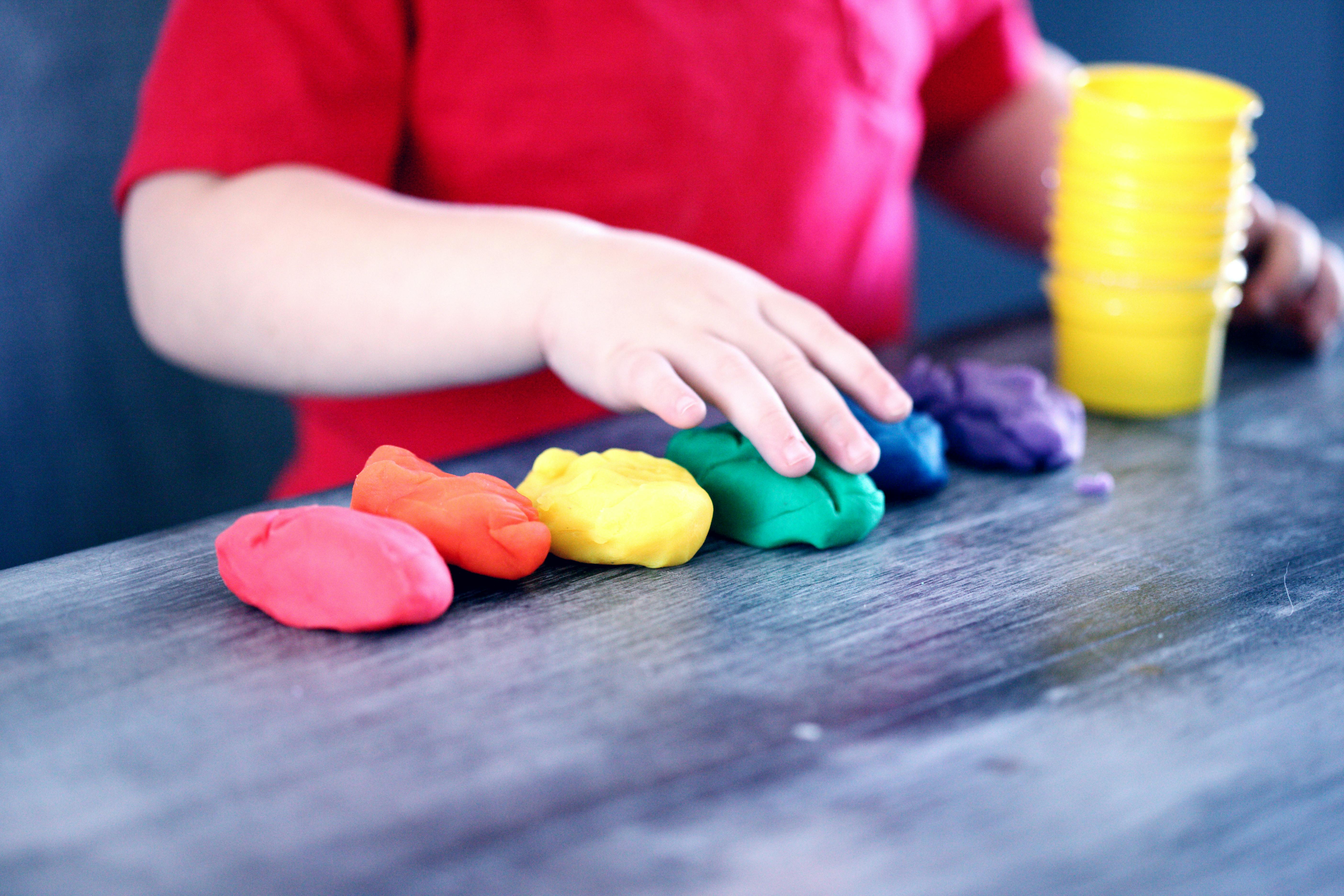As parents, our little ones' safety is always a top priority. And when it comes to creating a secure environment, childproofing our homes is a must. But with so many potential hazards lurking in every corner, it can feel overwhelming to know where to start. That's where our guide to childproofing your home for children aged 5 and under comes in.
In this comprehensive article, we'll walk you through the essential steps to ensure your little explorers can safely navigate their surroundings. From securing furniture and electronics to protecting against electrical outlets and choking hazards, we've got you covered. Plus, we'll provide you with expert tips and recommendations to make the process easier and more effective.
Childproofing doesn't have to break the bank either. We'll share budget-friendly options and DIY solutions that won't compromise on safety. With our guide, you'll have peace of mind knowing you've taken the necessary steps to protect your little ones and create a nurturing and secure home environment.

So, let's embark on this childproofing journey together and give your little explorers the freedom to roam safely.
Why Childproofing is Important
Childproofing your home is crucial to keeping your children safe as they explore and learn about the world around them. Young children, especially those aged 5 and under, are naturally curious and eager to explore their surroundings. However, their lack of understanding of potential dangers can put them at risk. Childproofing acts as a protective barrier, reducing the likelihood of accidents and injuries.
By childproofing your home, you create a safe environment where your little explorers can develop their motor skills, cognitive abilities, and independence without constant supervision. It allows them to freely explore their surroundings, giving you peace of mind knowing that they are protected from potential hazards.
Common Household Hazards for Young Children
Before diving into the specifics of childproofing different areas of your home, let's take a closer look at some common household hazards that pose a risk to young children.

Being aware of these hazards is the first step in effectively childproofing your home.
1. Electrical Outlets: Unprotected electrical outlets are one of the most common hazards for young children. To prevent accidental shocks, ensure that all outlets within your child's reach are covered with outlet covers or safety plugs.
2. Furniture and TVs: Unsecured furniture and TVs can pose a serious risk of tipping over, especially if children try to climb on them. Use furniture anchors to secure heavy furniture and TVs to the wall, preventing them from toppling over.
3. Choking Hazards: Small objects, such as coins, buttons, and batteries, can pose a choking hazard for young children. Keep small items out of reach and regularly inspect the floor for any potential choking hazards.
Now that we have a better understanding of the common hazards, let's move on to childproofing specific areas of your home.

Childproofing the Kitchen
The kitchen is often the heart of the home, but it can also be a source of potential dangers for young children. Here are some essential steps to childproof your kitchen:
1. Secure Cabinets and Drawers: Install childproof latches or locks on cabinets and drawers that contain cleaning supplies, sharp objects, or other potentially dangerous items. This will prevent your little ones from accessing these items.
2. Stove Safety: Use stove knob covers to prevent children from accidentally turning on the burners. Additionally, place a stove guard or a safety gate around the cooking area to create a physical barrier and keep children away from hot pots and pans.
3. Store Hazardous Items Safely: Keep all hazardous items, such as cleaning products and chemicals, out of your child's reach. Store them in high cabinets or use safety locks to ensure they are inaccessible.

Childproofing your kitchen will significantly reduce the risk of accidents and injuries while allowing your child to safely explore their environment.
Childproofing the Bathroom
The bathroom is another area of the home that requires special attention when it comes to childproofing. Here are some important steps to ensure your child's safety in the bathroom:
1. Toilet Safety: Install a toilet lock or latch to prevent your child from opening the toilet lid and potentially falling in. It's also essential to keep the bathroom door closed to limit access when unsupervised.
2. Medicine and Personal Care Products: Store all medications, vitamins, and personal care products out of reach and in a locked cabinet. This includes items such as prescription medication, vitamins, and even mouthwash, which can be harmful if ingested.
3. Slippery Surfaces: Place non-slip mats or adhesive strips in the bathtub and shower to prevent slips and falls.

Also, consider using a faucet cover to protect your child from accidental bumps and bruises.
By implementing these childproofing measures in your bathroom, you can create a safe space for your child and prevent potential accidents.
Childproofing the Living Room
The living room is where families gather to relax and spend quality time together. Here are some essential steps to childproof your living room:
1. Secure Furniture: Anchor heavy furniture, such as bookshelves and TV stands, to the wall to prevent tipping. Use corner guards on sharp edges to minimize the risk of injuries.
2. Electronics and Cords: Keep electrical cords out of your child's reach and use cord organizers to prevent tripping hazards. Additionally, secure TVs, speakers, and other electronics to prevent them from toppling over.
3. Window Safety: Install window guards or window stops to prevent your child from falling out of open windows.

Keep furniture away from windows to discourage climbing.
By childproofing your living room, you can create a safe and inviting space for your child to play and explore under your watchful eye.
Conclusion
Childproofing your home is a crucial step in ensuring the safety of your children, especially those aged 5 and under. By identifying and addressing potential hazards, you can create a secure environment for your little explorers to thrive.
Remember to secure electrical outlets, anchor furniture, and use safety locks on cabinets and drawers. Keep choking hazards out of reach and store hazardous items safely. Implement safety measures in the kitchen, bathroom, and living room to protect your child from potential accidents and injuries.
Childproofing doesn't have to be expensive. Many budget-friendly options and DIY solutions are available without compromising on safety.
With the tips and recommendations provided in this guide, you can confidently childproof your home and give your little ones the freedom to roam safely.
So, start childproofing today and create a nurturing and secure home environment for your little explorers.
This guide is intended for general informational purposes only and should not be construed as professional advice. Individual circumstances may vary, and it is recommended to consult a professional for specific childproofing needs.
 Add Row
Add Row  Add
Add 




Write A Comment